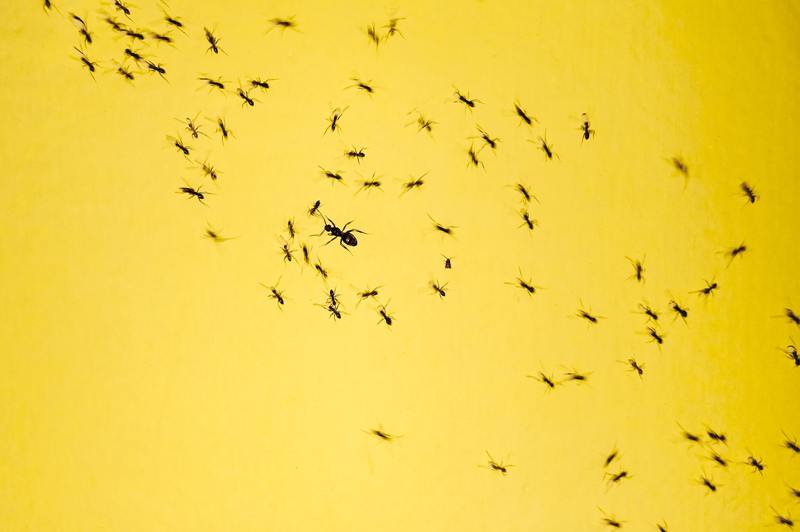Has it ever made you curious how people exterminate pests, specifically, how do pest control get rid of ants? Whether in the open, your foundation, or your yard, it would be fascinating to see how these creatures are taken care of professionally.
Getting bitten by ants is one thing, but seeing them march around your place is distressing. Finding one or two ants roaming around free can make most of us think that there’s something they’re looking for, especially in the kitchen.

These scout ants find the resources, such as unfinished food or crumbs of sweets. After they’ve confirmed it, then comes a long line of the company to carry it back to base.
With such becoming a frequent occurrence, you must have already decided to call for professional help. After all, you wouldn’t want to leave your space and food unsanitary with ants that you don’t know the origins of, so to speak.
What Are The Steps For Ant Extermination?
Depending on what kind of pests you require eradication for, you can be requested to vacate the place that needs treatment. This is especially true for infestation happening inside your home and if treatment like fumigation is required.
For ant extermination, pest control personnel will not require you to leave your home since they don’t use toxic chemicals. If you or another member of the family has allergies, though, it’s safer to distance yourselves from the place after you’ve done all the preparations.
Here are the steps that typical ant exterminators follow.
Step #1. Inspection and assessment
After you’ve signed the agreement papers with the representative of your chosen company, they will schedule a visit to your place. This is the start of the extermination process, but they are not there to apply eradication measures yet.
The first step of almost all pest extermination processes is identifying the species of pests present in your household. During the first visit, the pest control personnel will also note the size of the place of concern.
They might ask a bit about the lifestyle of all the tenants in your place so they can better accommodate your needs and create a suitable plan with them. If you’re not comfortable with your current provider, check this article on how to get out of a pest control contract.
Step #2. Crafting of a suitable strategy
After their first visit, you can assume that the pest control representatives already have a gist of what they’re dealing with. Once they return to their headquarters, they will use all their gathered information to pinpoint which plan will turn out most effective.
Some of the items they can consider are the species of ants present in your home, approximately how much there is, and possible entry and exit routes. They can also list out what causes these ants to get attracted to your home and how to prevent that.
If you’re at home on their first visit, you might as well point to them where you saw the ants and where does their march lead. You shouldn’t feel too conscious if they’re particularly thorough but also keep an eye out just in case.
If this has gotten you curious, read this article on how much does it cost to start a pest control business.
Step #3. Securing and area isolation
Once their inspection is complete and you’ve discussed the concrete plan of action, the pest control’s next visit will begin the proper extermination process. The starting point of that is getting the house cordoned.
By isolating the area from the surrounding, pest control can minimize or completely stop all ant entry and exits in your house. This gives them a better handle on the situation since there’s no need to repeat the same places if ants keep coming back and forth.
This doesn’t mean, though, that they’ll ignore the source itself. Depending on your agreement clauses, the anthill can be a part of the extermination procedure.
The pest control isolates the area by applying ant repelling substances on all the identified entrances and exits. They can use salt, essential oils, or talc, varying from one company to the other.
Step #4. Extermination
Finally, once the ants have settled in a closed-off area, it’s time to exterminate them. The pest control workers can do this with traps that take advantage of the ants’ preferences in food.
The exterminators will do a full sweep of the entire isolated area to ensure no ants remain inside it and then move to the source. Different species of ants live in different environments; some live on burrowed hills, others underneath moist woods.
From the earlier inspection, the representatives can identify and locate this and now apply suitable eradicating measures. Burrowed hills typically require pumping of repellant dust, with applications varying with colony sizes.
Conclusion
There are so many tactics considered regarding the question of how do pest control get rid of ants, and each of these makes every company unique. With a bit of fine-tuning and targeted inquiries, you should be able to find a perfectly fitted provider for your needs.
